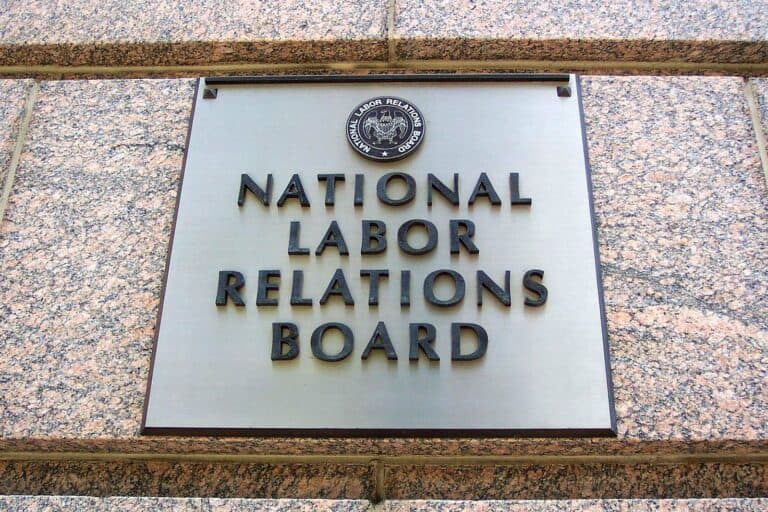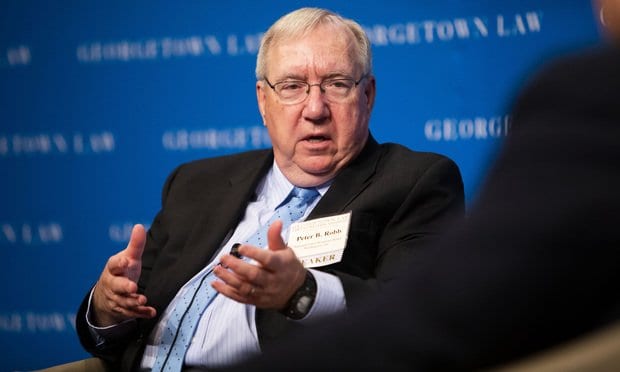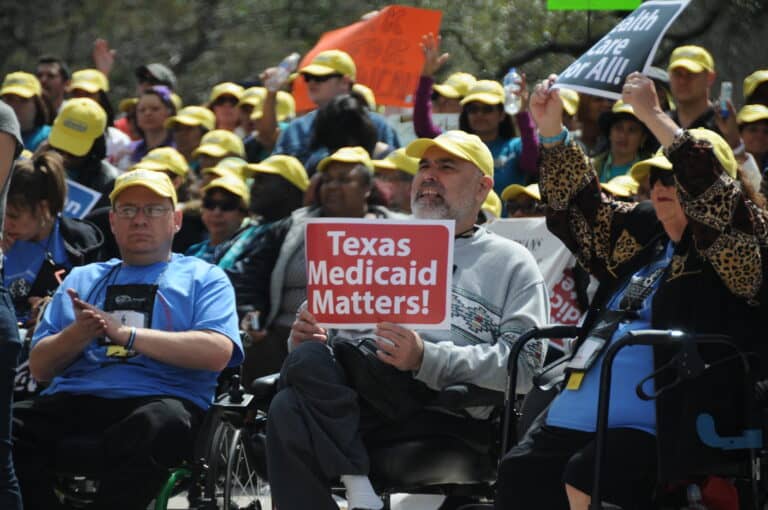This past weekend, when hundreds of thousands rallied in the People’s Climate March, a significant number of the marchers were union members. In fact, the labor movement has long been involved in the fight for environmental justice. For unions like SEIU, the strength of commitment to this fight has only increased in recent years as union members witness firsthand the immediacy of the climate crisis. The struggle over the Dakota Access Pipeline, and the effects of more frequent superstorms like Hurricane Sandy and Hurricane Katrina, evidence an unavoidable conclusion: environmental crises hit hardest and first poor communities and people of color. Union members understand that environmental injustice is one of the most significant threats to the achievement of economic and racial justice for working families. Climate change is creating increased pollution, which is already affecting public health. We know that one in six black children has asthma, as compared to one in nine children overall. Black children are three times more likely to suffer asthma attacks that require hospitalization and twice as likely to die of asthma. This is no accident. Coal-fired power plants are the single biggest source of carbon pollution in the U.S. and are disproportionately located near (i.e. within three miles of) communities of color and low-income communities. This proximity exposes these communities — who too often lack the economic resources to prevent adverse health outcomes — to dangerous particulate matter and ozone precursors that cause and contribute to respiratory illnesses like pulmonary disease and lung cancer.
And the urgency of environmental justice work has accelerated at a terrifying pace. Last month’s average temperature was the second hottest March on record. Of the hottest 17 years on record, 16 occurred in the 21st Century. A recent study synthesizing data from 49 experiments conducted throughout the globe and spanning 20 years concluded that global warming has already passed the “point of no return.” This means that while we may be able to dampen them, we can no longer reverse the effects of global warming. At the same time, President Trump has called climate change a “hoax” and his administration has set out to decimate the federal government’s environmental protection agenda, purportedly to stimulate job growth and economic competitiveness. The President’s recent Executive Order on “Promoting Energy Independence and Economic Growth,” for example, begins “[i]t is in the national interest to promote clean and safe development of our Nation’s vast energy resources, while at the same time avoiding regulatory burdens that unnecessarily encumber energy production, constrain economic growth, and prevent job creation.” But why is job creation assumed to be antithetical to addressing climate change? What evidence do we have that jobs in fossil fuel-based energy production are growing in a sustainable way? For instance, both coal executives and environmentalists agree the coal industry has long been in decline for reasons having little to do with regulation by the EPA. It is unlikely the roughly 100,000 jobs in coal mining will now grow because Obama-era EPA policies are reversed. Rather than making empty promises to coal mining communities, the federal government should be facilitating a just transition away from coal dependence. According to the Bureau of Labor Statistics’ most recent occupational outlook report, the job expected to grow the quickest from 2014-2024 is Wind Turbine Service Technician. This alone should make us question Trump’s plan to “bring back” fossil-fuel industry jobs.
While clean energy technology like wind turbines has the potential to reinvigorate the manufacturing sector and must be part of a plan to address climate change, it should not be the only sector included in a discussion of “clean jobs.” Greater economic security and sustainable job growth can be achieved by also investing in those parts of our economy — healthcare and the public sector, for instance — that are “low-carbon” or “non-productive” in the traditional economic sense. Investment in these sectors can both mitigate the impending environmental catastrophe and create jobs that provide services people need.
The fact is these are the types of jobs that are expected to grow anyway. Continuing down the BLS list, the next several occupations projected to grow the fastest are all in healthcare or public services: occupational therapy assistants, physical therapy assistants, home health aides, nurse practitioners and ambulance drivers or attendants. Indeed, of the top 12 fastest growing occupations on the BLS list, nine are in healthcare or healthcare-related fields. Similarly, on the BLS list of jobs expected to create the most new jobs, the top three positions are personal care aides, registered nurses and home health aides.
While the job of wind turbine operator is projected to grow the fastest, there were only about 4,400 of these operators in 2014; by 2024 that number is expected to be 4,800. In contrast, there were an estimated 2 million home care workers (a.k.a. personal care aides or home health aides) working in the U.S. as of 2014. This number is expected to grow rapidly as 10,000 baby boomers turn 65 every day. Based on the number of people projected to need in-home care, this number will need to grow to at least three million home care workers by 2022. Ninety percent of home care workers are women and more than half are women of color. Because their work is so undervalued, more than half are forced to rely on some form of public assistance to support themselves and their families. As a result, even small investments in this workforce could have tremendous economic impacts on some of the poorest communities and those most affected by climate crisis. Moreover, modest investment to improve conditions of this workforce would result in millions of quality jobs.
If the current administration were truly interested in job development, it would look to investing in jobs for which there is an increasing need. We should be hopeful that the People’s Climate March will be the start of a continuing effort by people who see threats to our environment as direct threats to working families here and abroad. Continuing efforts to weave together the work of the movements for environmental and labor justice could make their common missions harbingers of a future for progressive politics beyond resistance to the Trump administration. The inescapable force of climate change illustrates the link between environmental justice and the labor movement: all working people should be concerned about the well-being of our natural environment, because we are the first to feel the impact of its injury. The intentional interconnection of the movements for workers’ rights and environmental justice can provide the momentum and wider buy-in both movements need.










Daily News & Commentary
Start your day with our roundup of the latest labor developments. See all
April 25
FTC bans noncompete agreements; DOL increases overtime pay eligibility; and Labor Caucus urges JetBlue remain neutral to unionization efforts.
April 24
Workers in Montreal organize the first Amazon warehouse union in Canada and Fordham Graduate Student Workers reach a tentative agreement with the university.
April 23
Supreme Court hears cases about 10(j) injunctions and forced arbitration; workers increasingly strike before earning first union contract
April 22
DOL and EEOC beat the buzzer; Striking journalists get big NLRB news
April 21
Historic unionization at Volkswagen's Chattanooga plant; DOL cracks down on child labor; NY passes tax credit for journalists' salaries.
April 19
Alabama and Louisiana advance anti-worker legislation; Mercedes workers in Alabama set election date; VW Chattanooga election concludes today.